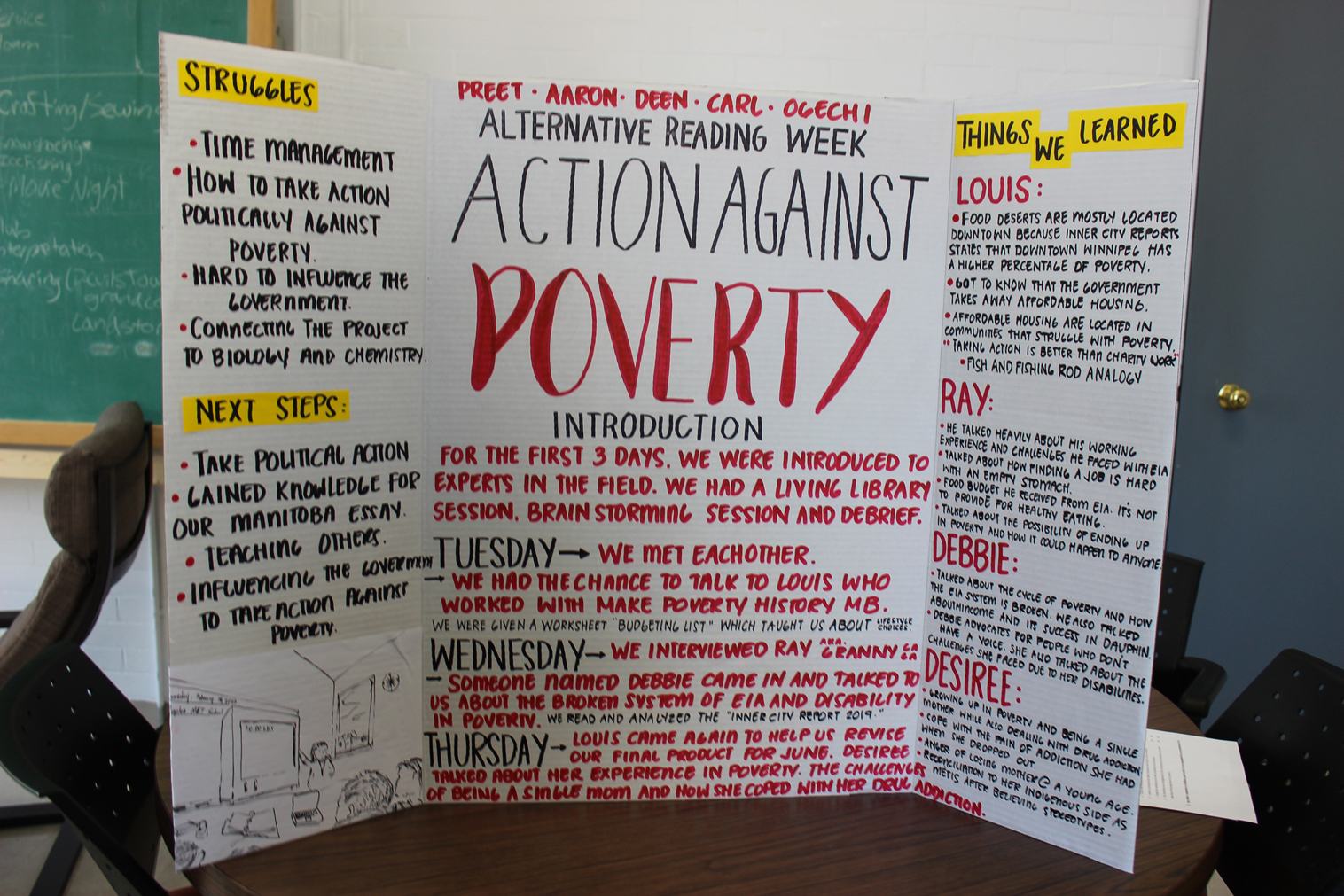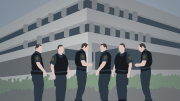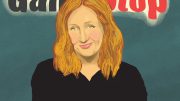Even in the midst of a pandemic, community engaged learning (CEL) at the U of M has maintained its goal of providing students and community members alike with education that combines “community service with activities designed to develop intercultural competence, critical thinking and reflection and civic engagement.”
Community Projects, a program that sprouted from its previous program, alternative reading week (ARW), is one of the programs from CEL that is striving to get people involved in helping the community.
The program is co-ordinated in part by fifth-year kinesiology student Amin Montazeri, who explained that the difference between the two is that “the program is now designed for students to come in and not just read […] the theory of this community engagement.”
Rather than being taught about the concept in a classroom, Montazeri emphasized the new independence that comes with the practical aspect of the program.
“Through their placement and the training that they go through, [participants] learn how teamwork takes place.”
“How, once you have the knowledge, you can design your own project depending on the needs of the community, whether this is a community that you belong to or somewhere that you see and want to be a part of and give back to them.”
Participants have the opportunity to learn to “identify community needs,” and how to use those needs to partner with funding in community organizations to meet those needs.
Students learn the ins and outs of community outreach by learning how to form their own ideas, how apply for grant money to carry out those ideas and how to manage their projects.
“You really won’t learn this in a lecture.”
Montazeri referred to ARW as “sort of short-term student community organization involvement,” compared to the new program.
In a typical year, students would shadow mentors and conduct small projects over three days in an assigned placement.
“It might be Winnipeg Harvest, Big Brother Big Sisters or West Broadway Youth Outreach, or wherever your placement.”
According to Montazeri, this year, in addition to parts of the experience that came with ARW, participants are provided with funding to develop “a distinct project.”
“Usually when community outreach organizations come in place, they just want to take over something that is already built and has its own space,” he said.
“Our approach is, ‘What can we learn from you?’”
“‘This what we have, this is what you have, is there any space for us to come in and work together?’”
The program is not only available for undergraduate and graduate students but for youth in general from high school students to university alumni.
“We try to get community engagement as much as we can.”





